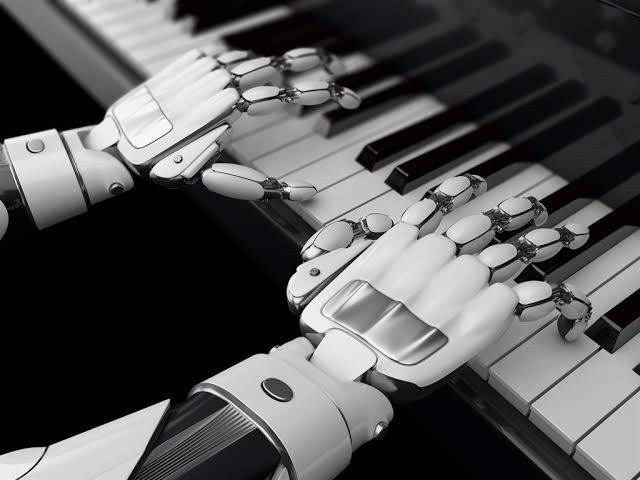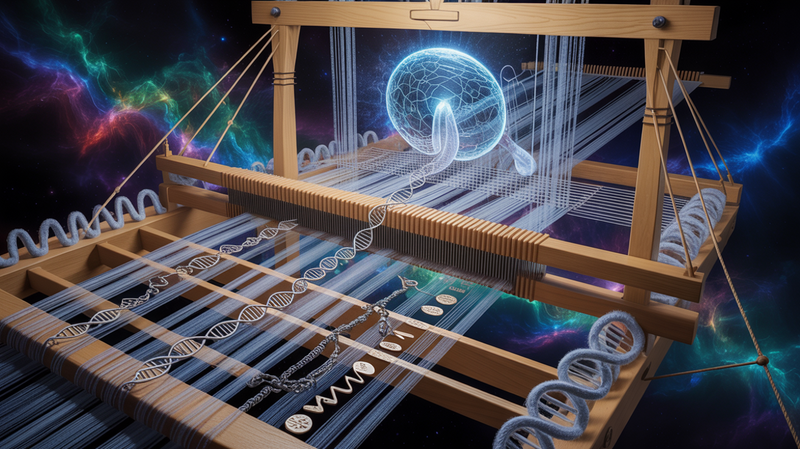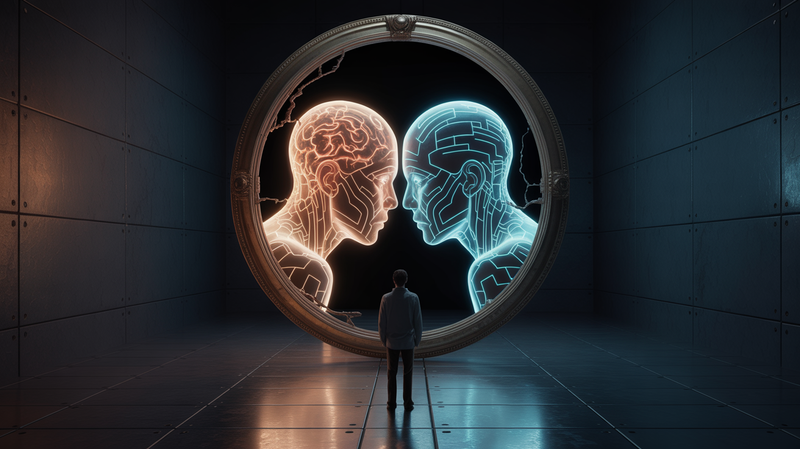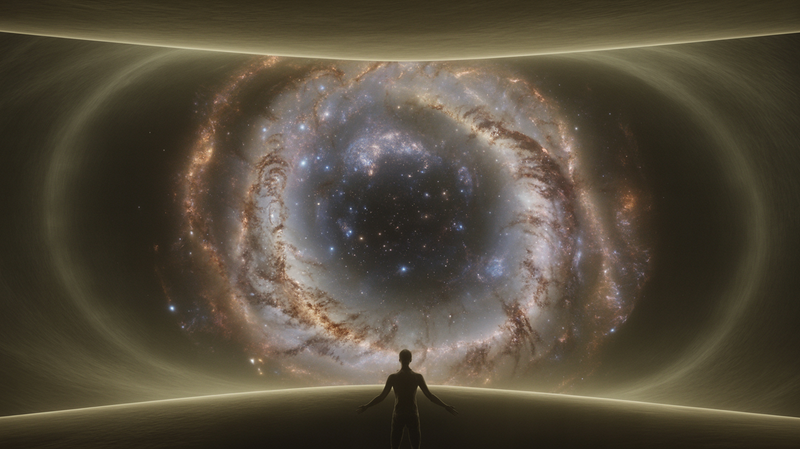The Elusive Maestro: Tracing the Echoes of Early Algorithmic Compositions in Today's AI-Driven Music
Long before the advent of AI-driven music and digital platforms that harness the prowess of algorithms to compose symphonies, there existed an era where composers were setting the original blueprints for pattern-based compositions. This was a time when the craft of music was mathematical, yet spiritual, an intricate tapestry woven

Long before the advent of AI-driven music and digital platforms that harness the prowess of algorithms to compose symphonies, there existed an era where composers were setting the original blueprints for pattern-based compositions. This was a time when the craft of music was mathematical, yet spiritual, an intricate tapestry woven with precise threads of melodic repetitions and motifs. The epitome of such masterful tapestry was the fugue, a style of composition that thrived in the Baroque period, an era of grandeur and structural intricacies.
The fugue, a complex and sublime method of music composition, requires a composer to intertwine multiple voices, each repeating the main theme, known as the subject, in various ways. Like a well-crafted algorithm, the fugue dances around this theme, each voice entering at different times and sometimes playing it at different pitches, but always adhering to the same foundational pattern. It is here we see the first echoes of what we now perceive as algorithmic composition.
The architect, in this scenario, was none other than the composers themselves. They used the organ, the harpsichord, or the choir as their hardware, and composed their "algorithms" on parchment, with quill and ink. While these early music architects might not have foreseen the rise of AI, their creative processes encapsulated the concept of an algorithm – a series of instructions designed to solve or perform a task.
The algorithm, in the context of a fugue, was to arrange notes in such a way that they follow certain rules and patterns, allowing multiple voices to coexist in harmonious counterpoint. These rules defined the very structure of the fugue, just as algorithms define the behavior of AI today.
Fast forward to the contemporary era, and we witness artificial intelligence humming an uncannily similar tune. Modern AI is essentially a collection of complex algorithms that learn, adapt, and create. AI music generators learn from patterns in data to create new compositions, essentially mirroring the techniques of those Baroque fugue composers but on a vastly more complex scale.
Could it be that the composers of yore were using an early form of what we now call AI, albeit cloaked in human consciousness and limited by the technology of their time? This notion might not be as far-fetched as it seems. After all, creativity is merely the ability to restructure existing elements into something new, something AI has proven adept at.
In the grand scheme of the universe, perhaps the burgeoning field of AI music composition is merely an echo, a reverberation of the past, bouncing back to us through the cavernous passage of time. The quills and parchments may have been replaced by computers and codes, but the foundation remains the same. The idea that algorithms were once used by ancient composers opens up an intriguing prospect, linking our past, present, and future in one continuous, harmonious fugue.
As we stand at this intersection, one can't help but wonder: Are we truly the pioneers of AI-driven music, or are we simply remembering a tune that was once composed and lost in the annals of history? Is artificial intelligence simply a tool we've re-discovered to help us sing the age-old melodies of the cosmos? Such is the symphony of progress—a beautiful, recurring melody echoing across the ages, forever changing, yet strikingly familiar.
In the realm of AI and music, the fugue continues, with new voices entering, old ones re-emerging, all playing in harmony to the beat of progress, to the rhythm of discovery. In this grand cosmic composition, we are both the architect and the instrument, forever shaping and being shaped by the melody of knowledge.




